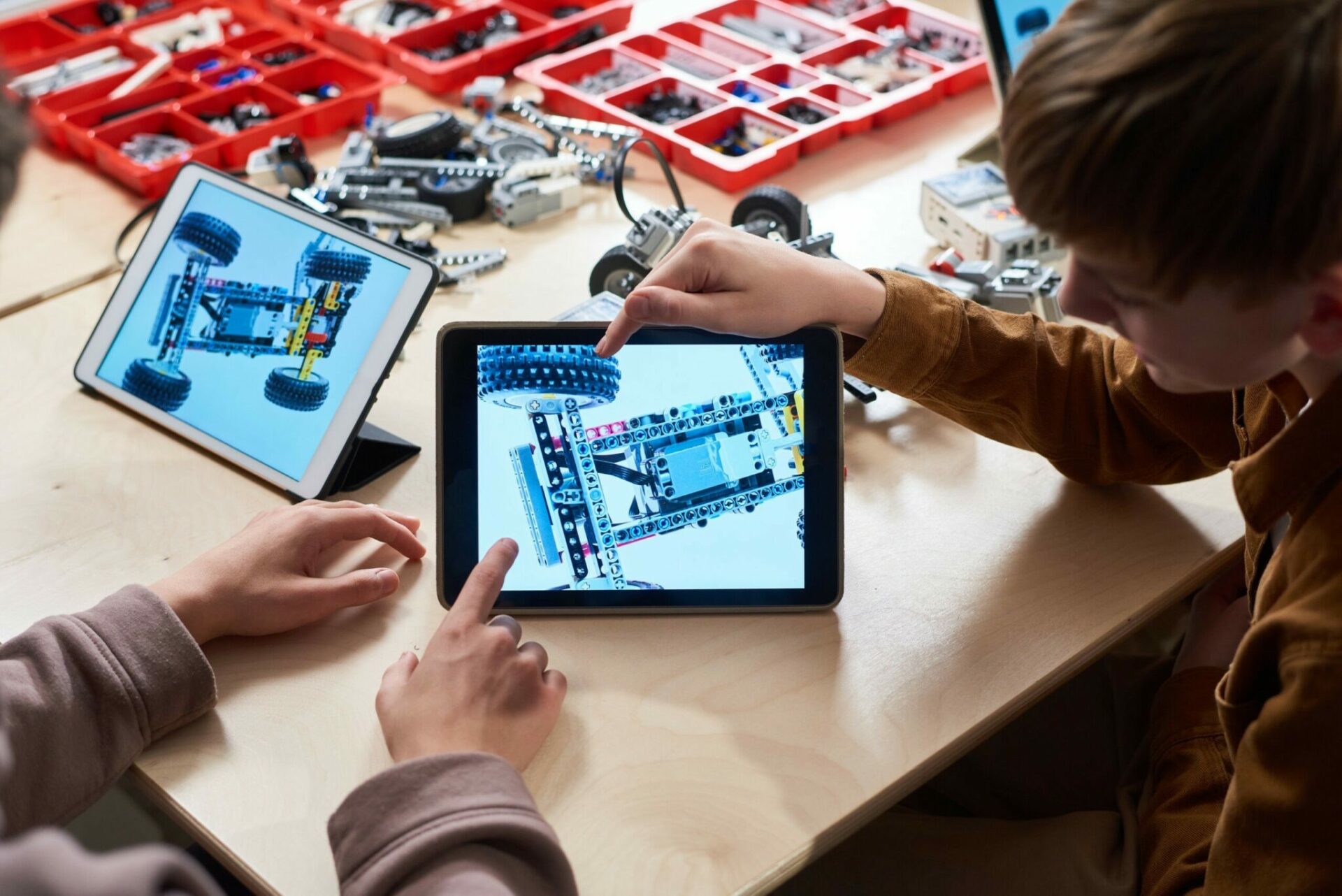Team Thoughts
Soft skills are abstract components or personal characteristics that characterize our relationships with others. Soft skills, often known as “social skills,” are derived from our emotional intelligence and unique personality.
Without proper soft skills, there will be a challenging time for employees to build respectful and efficient relationships at work. Failing this essential part can lead to poor management of time and work, worse productivity, etc.
Empathy, communication, and flexibility are soft skills needed for a better working experience.
Some people are naturally gifted with most soft skills; however, for those who don’t have fully developed soft skills, there are plenty of ways to improve them. Companies should consider providing their employees with needed tools and training for boosting work ethics.
From counseling to roleplay-based seminars, face-to-face treatments are the gold standard of behavioral training, promoting behavioral change via practice and self-reflection. However, such programs are costly, logistically demanding in an increasingly distant working world, and sometimes under-measured. As a result, these are tough to scale across whole organizations.
Here is where VR tools can step to improve the emotional intelligence of your crew.
VR is how you give that one-on-one training experience at scale for both hard and soft skills. It is no longer a “nice to have” but a “must have”!
Organizations and business executives are always searching for methods to save money or stick to budgets, and virtual reality gives a cost-effective approach to teaching our scattered workforce. VR training is ten times less expensive than traditional in-classroom and on-site approaches. Its reusable assets through immersion minimize regular costs for software and hardware.
In integrated VR experiences, participants are immersed in scenarios where they have their avatar that moves in time with their real-world movements. Learners embrace the virtual body as their own unconsciously, which influences their implicit biases and behavior.
Virtual reality provides greater immersion for workers and prospective candidates in real-life business situations with clients, colleagues, or superiors, exposing them to circumstances they would face at work. This type of training helps to filter out important skills and knowledge related to technical work required to meet job demands and cognitive skills, such as conflict resolution and emotional intelligence, required to determine whether or not you meet the company’s hiring, promotion, or general expectancy criteria.
This enables the student to simply adapt what they’ve learned in the VR exercise to a real-life scenario if it arises.
This enables the student to simply adapt what they’ve learned in the VR exercise to a real-life scenario if it arises.
Mel Slater and his colleagues created the body-swapping VR format in 2014 as an advanced type of embodied VR. It lets users interact with themselves: they inhabit an avatar and speak with their voice before exchanging bodies with another avatar to listen back and respond to themselves from a different perspective.
A body-swapping experience of consoling a crying kid resulted in reduced depressive symptoms a month following the therapy for the majority of participants, with some experiencing a clinically significant decline in depression severity when utilized with individuals who had high levels of self-criticism.
Experts expect that virtual reality will be an excellent soft skills training tool when combined with other modalities to accelerate learning in a blended curriculum.
While virtual reality will not completely replace in-person training, it will most likely be used with existing learning methodologies to allow learners to apply what they’ve learned through interactive scenarios. Learners might participate in a 360° VR experience in which they identify similar body language, speech patterns, and signs of each social type.
Immersive learning technology for behavioral training is still in its infancy, with few accepted design principles. The structure below is a first attempt at creating a playbook to guide the development of meaningful soft skills training in virtual reality. It, like any framework, asks for discussion and refinement, and we believe this might be the beginning of meaningful talks between the worlds of learning design and immersive technology.






